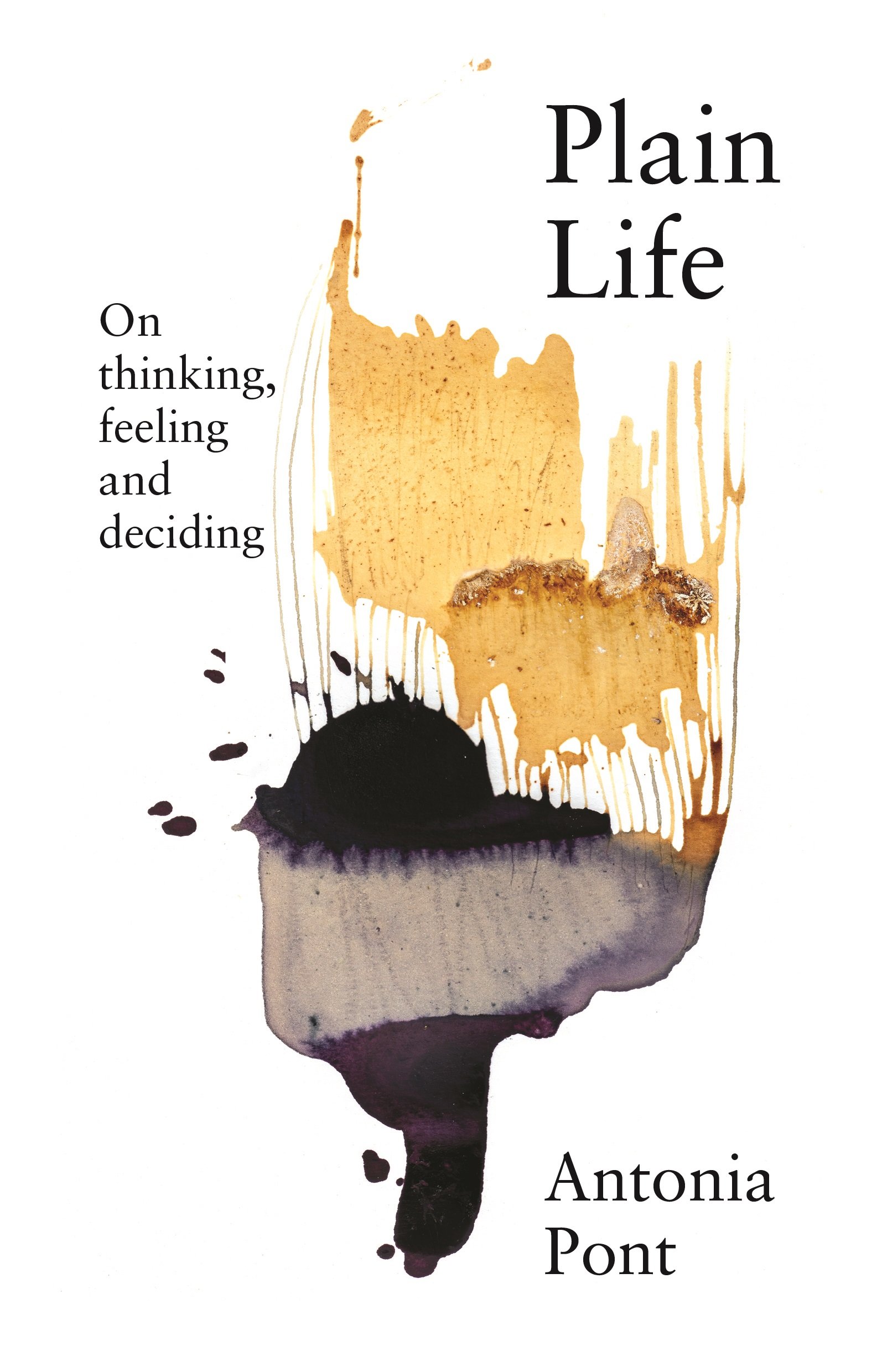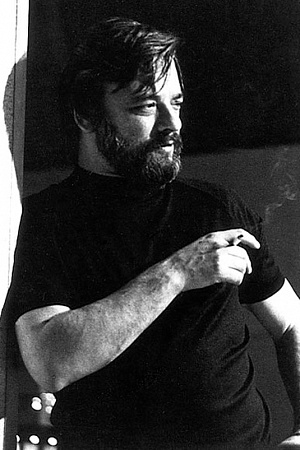Scaramouche Jones (Arts Centre Melbourne) ★★★★1/2
The notion of the sad clown probably has its origins in prehistory; the mockery of pain and sorrow is such an embedded human trait that indigenous cultures around the world embraced it long before it became a trope of commedia dell’arte. Pierrot, with his iconic painted white face and billowing white costume, is the universal symbol for sad clowning. He is sad because he pines for Columbine, who will forever prefer Harlequin, calcifying Pierrot into an emblem of unrequited love. Lear’s Fool could be seen as a sad clown, although this largely depends on the way he’s played. He is certainly a philosopher clown, a subset of the sad clown. It is such a ubiquitous concept – forever turning up as ghastly amateur oil paintings in thrift shops – that it has become something of a byword for bad taste. For this reason, it is quite daring for a contemporary playwright to tackle the concept – and even more daring for the actor to act it.
Justin Butcher’s one-man play Scaramouche Jones, which premièred in Dublin in 2001, pulls lightly on the traditions of the sad clown, in ways that allow him to forge new pathways for the character: he includes the white face but does away with the intractable love interest; he hints at the stock personality tropes of dell’arte without simplifying the characterisation; he largely avoids pathos by rendering his hero a self-made man, philosophical but rarely lachrymose. If anything, the playwright is drawing more heavily on the traditions of picaresque than those of the clown. Scaramouche’s tale is full of derring-do, of wild adventures in exotic locations, all delivered in episodic form. The man himself is a bit of a rogue, constantly getting himself in and out of scrapes, wily and resourceful. He says he adopted the surname Jones because an officer told him he needed one to get a passport, but surely we’re meant to think of The History of Tom Jones, a Foundling.
In many ways, the play itself is quite wily and resourceful. Set on 31 December 1999, it tells the story of a man born on the same day in 1899 who has decided to die, because ‘a hundred years is long enough’. Scaramouche comes up against the century’s major events, but any attempt to read the play as mere allegory – an extended joke in the mode of Woody Allen’s Zelig – is destined to fail. Butcher is after a mood that is capable of encompassing the elegiac as well as the rambunctious, one that can suggest the vagaries and small victories of a private life without ignoring the massive global events that tend to shape it.
Continue reading for only $10 per month. Subscribe and gain full access to Australian Book Review. Already a subscriber? Sign in. If you need assistance, feel free to contact us.











Leave a comment
If you are an ABR subscriber, you will need to sign in to post a comment.
If you have forgotten your sign in details, or if you receive an error message when trying to submit your comment, please email your comment (and the name of the article to which it relates) to ABR Comments. We will review your comment and, subject to approval, we will post it under your name.
Please note that all comments must be approved by ABR and comply with our Terms & Conditions.